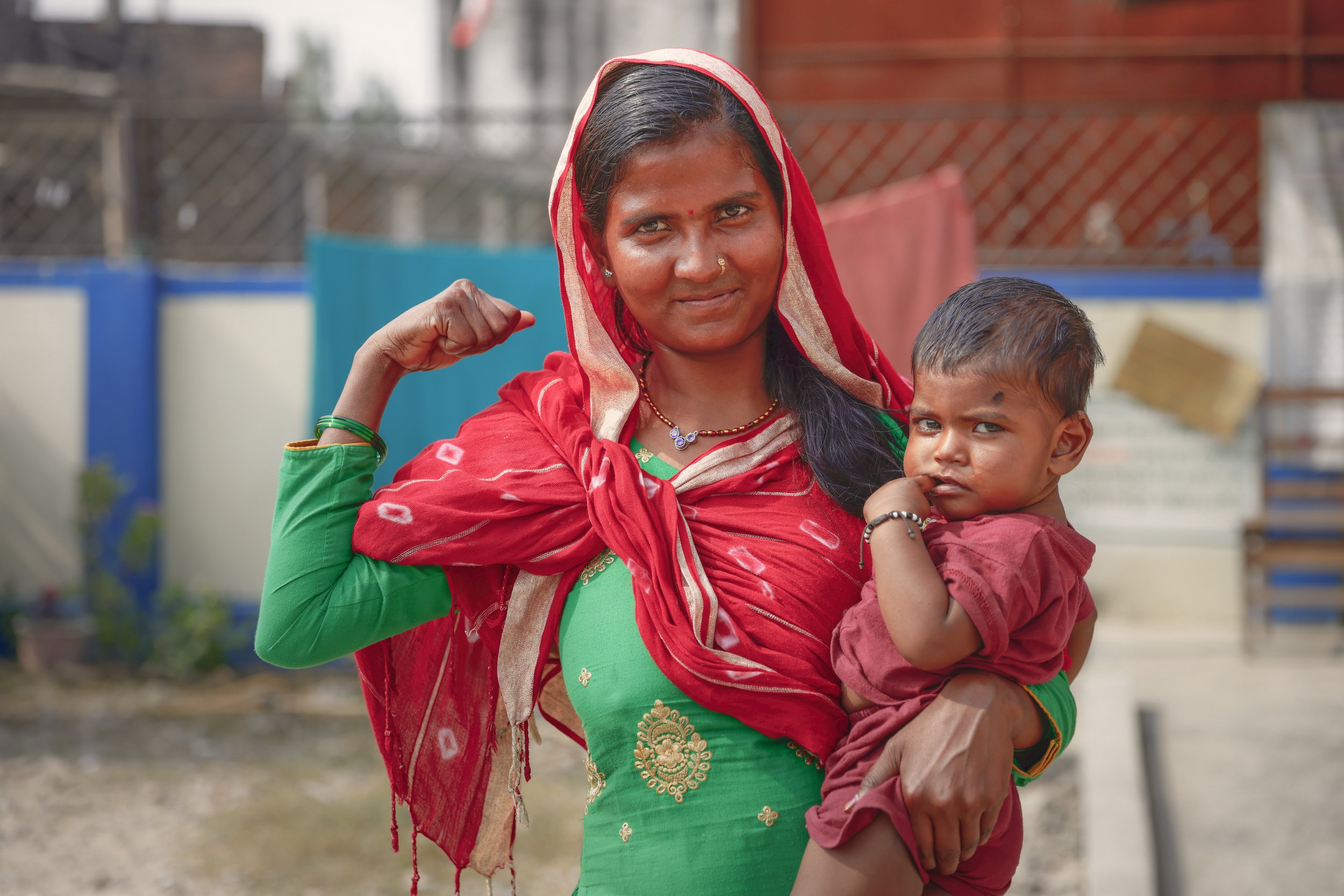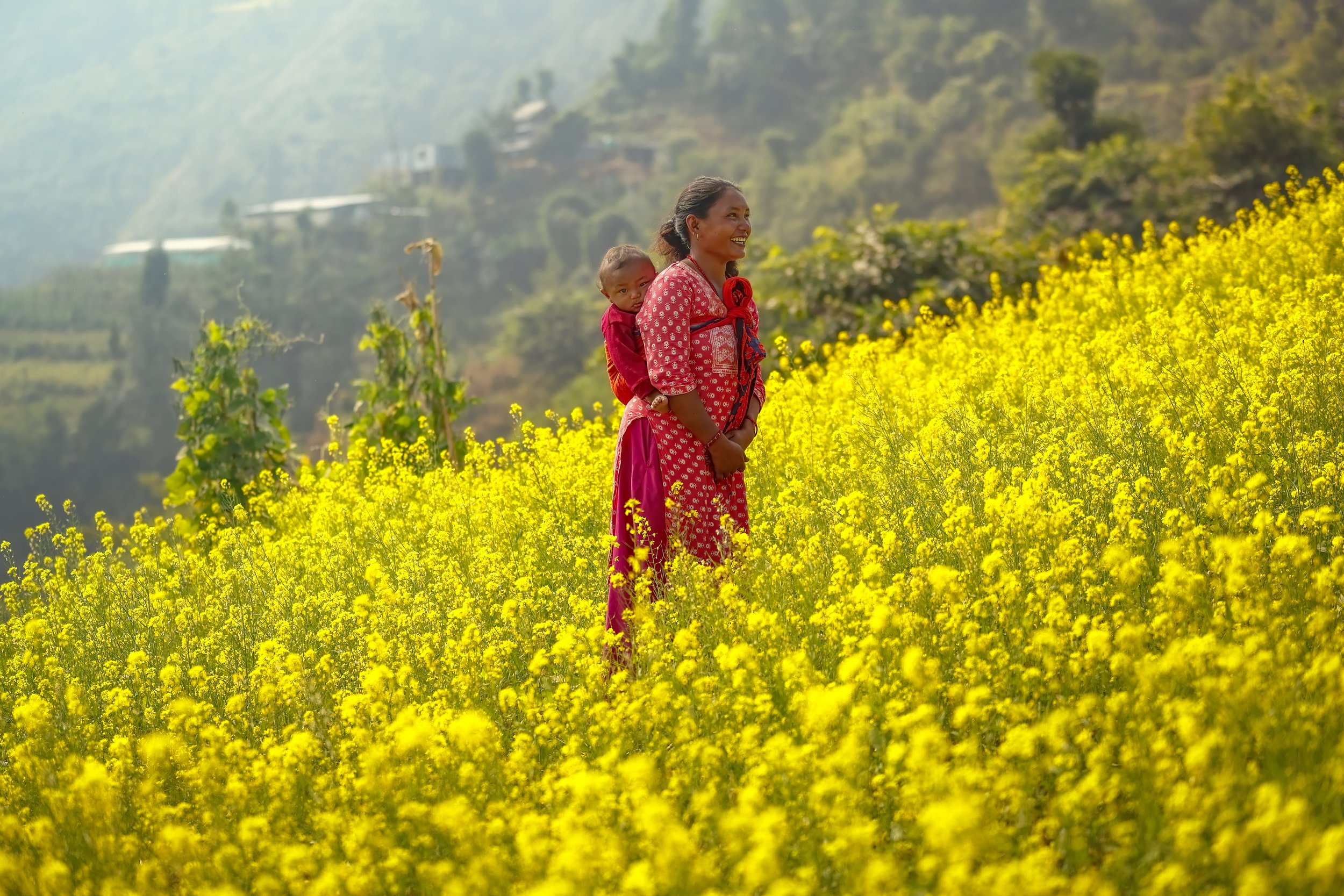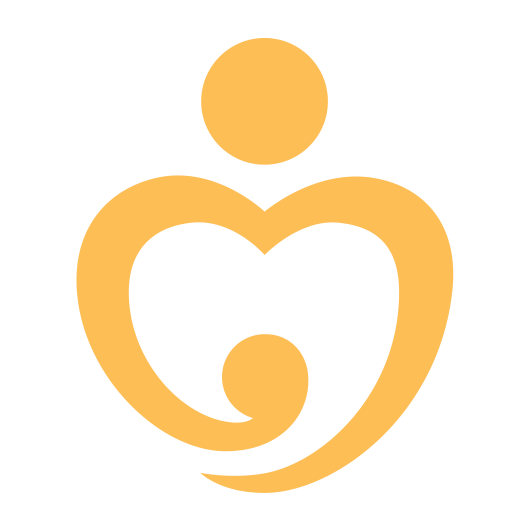
Annual Report 2023
〰️
Annual Report 2023 〰️

2023 at a Glance
We have provided improved access to quality healthcare for 1.3 million mothers & newborns.
We have transitioned from directly implementing all of our activities,
to partnering with local Nepali NGOs for community-based activity implementation.
Our pilot Simulation-Based Mentorship Program was demonstrated to have a significant positive impact on Skilled Birth Attendant Skills and Knowledge Retention.
In 2023, One Heart Worldwide’s programs have reached 42% of all districts in Nepal.
Our Program Beneficiaries
Our program beneficiaries are the pregnant mothers and newborn infants in our active and completed districts who now benefit from improved access to quality care via the sustainable and equitable systems of Maternal and Newborn care established by OHW’s programs.
In 2023, our programs have benefited 277,241 mothers and newborns.

The Destination
of Your Dollars
Program Delivery Since 2010
770
Skilled Birth Attendants Trained
21,176
Community Stakeholders Trained
721
Birthing Center Upgrades
16,534
Medical Providers who Received
Continuing Medical Education
23,338
Community Outreach Providers Trained
2023 Program Delivery













Program Achievements
Local Partnerships Highlights
Our NGO Partners
One Heart Worldwide now implements all community-based activities through NGO partners, which requires numerous systems, policies, and guidelines, as well as hands-on support to ensure quality program delivery. The expansion of our program into the local communities relies heavily on the involvement of these NGO partners. Their strong presence at the community level enables effective outreach and engagement.
Cost-sharing Contributions from our Government Partners
Co-investment from local stakeholders is a crucial component towards successful long-term sustainability and, thus, a cornerstone of our model.
We are pleased to report that 100% of our municipal partners contributed to facility renovation costs, and 60% of partners contributed additional funds towards other program costs.

New Initiatives for
Skilled Birth Attendants
The Simulation-Based Mentorship Program (SBMP)
In collaboration with the Family Welfare Division (FWD) of the Government of Nepal, OHW designed a Simulation-Based Mentorship Program (SBMP) for rural healthcare providers working in birthing centers. The SBMP is a hands-on, workstation-based, simulation-based training and mentoring program that also serves as an implementation research program in four of our program districts.
In 2023, we completed the endline assessments. Results are strongly positive, with participant feedback and endline results affirming the effectiveness of the low-dose, high-frequency approach of the simulation-based methodology as compared to traditional training methods.
Our earthquake relief efforts
On November 3, 2023, a 6.4-magnitude earthquake struck the districts of Rukum West and Jajarkot in Karnali Province, killing 154 people and displacing thousands more. Between these two districts, 77 health facilities sustained damages, and four were completely destroyed, disrupting essential maternal and neonatal health services.
In response, OHW mobilized resources from a number of private and public partners, including the German Embassy in Kathmandu, to provide relief.

Partner Spotlight
The DAK Foundation
To increase access to ultrasound scans in rural areas, OHW has been supporting the Government of Nepal’s efforts to expand rural obstetric ultrasonography (ROUSG) training for SBAs so they can properly manage and refer cases of obstetric complications, ultimately reducing newborn and maternal morbidity and mortality. This program has been made possible by our long-term partner, The DAK Foundation.
With DAK’s support, OHW and the National Health Training Center (NHTC) updated the ROUSG training package for SBAs, which was then incorporated into the national ROUSG training program.
Story from the Field
Mahottari mothers:
Helping build a safe motherhood system
By Naresh Newar in Mahottari, Nepal
Kiran Kumari Thakur understands the barriers to convincing women to seek appropriate maternal care all too well. As a female community health volunteer (FCHV), she has the challenging job of educating families about safe motherhood practices, often facing resistance from older women set in their traditional ways.
“Changing behaviors is very difficult, especially with the matriarchs who control the younger women in the household,” Kiran explains. “When I visit pregnant women to discuss safe pregnancy and delivery, I often get scolded for ‘distracting’ the daughters-in-law from their chores.”
“But I never give up, and it is my duty to meet every pregnant woman to ensure they get all the information for safe deliveries at health facilities,” says Kiran, one of the new generation of FCHVs in Pipara Rural Municipality of Mahottari district. Mahottari is one of One Heart Worldwide’s new program districts in Madhesh Province, which experiences one of the highest maternal mortality ratios in Nepal.

Program Impact
OHW aims to improve the local healthcare system’s ability to provide equitable, high-quality health services to all women and newborns in their area in order to improve maternal and newborn outcomes in the rural areas of Nepal.
We have exceeded our impact goals in all of our transition and completed districts.

Access to Care
We assess improved access to care as evidenced by an observed increase in the number of births attended by a trained healthcare provider in our transition districts. Our current target is a 30% increase as compared to baseline.
Quality of Care
We assess improved quality of care as evidenced by an observed increase in the number of birthing centers scoring 75% or above on the Government of Nepal’s Quality Improvement Program (QIP) tool in our transition districts. Our current target is a 30% increase as compared to baseline.
Demonstrated Government Buy-In
We assess demonstrated government buy-in as evidenced by the percentage of OHW’s Palika-level partners in each district prioritizing MNH by setting aside budgets explicitly earmarked for MNH (above and beyond funds provided by the central/federal government) in our transition districts. Our current target is 80% or more Palikas, in the period following implementation.
Program Sustainability
We started looking at long-term program sustainability by assessing how access to care is maintained in our completed program districts. This is measured by assessing the observed increase in the number of births attended by a trained healthcare provider in our completed districts. Our current target is to maintain a 30% increase as compared to baseline.


External Impact Assessments
-
An external research team conducted a retrospective study to enumerate all maternal and neonatal deaths in the district within the last calendar year. All deaths were validated using the WHO’s verbal autopsy tool to determine the exact mortality causes. A cross-sectional survey was also conducted to assess health service utilization and health behavior-related indicators of the women who delivered a child within the last 12 months (i.e. recently delivered women).
In Khotang, between baseline (2016) and endline (2022):
SBA attended deliveries increased by 86%
Institutional deliveries increased by 135%
Maternal mortality was reduced by 47%
Newborn Mortality was reduced by 42%
These impressive results are due to the fact that when the OHW programs were initiated in 2016, only 20% of women in the district were able to access care for their pregnancies and childbirth needs. As such, our interventions were able to make a significant contribution to both access to and quality of MNH care in the district.
-
The Social Welfare Council (SWC) is the governmental agency responsible for the oversight of the projects implemented by non-governmental organizations in Nepal. In the first quarter of 2023, the SWC conducted an evaluation of our project in the Taplejung, Udayapur, Panchthar, Sarlahi, and Dhading districts. During fieldwork, they conducted interviews with key stakeholders, including health workers, Health Facility Operations and Management Committee (HFOMC) members, municipal health coordinators, FCHVs, heads of District Health Offices, mayors, and OHW staff.
They also observed BCs that had been upgraded by OHW. They reported that our project design was “very pertinent, including the use of a comprehensive baseline assessment allowing for the appropriate alignment to population needs, social and contextual realities. The Network of Safety approach, training conducted in close coordination with government training agencies, was highly relevant to the context and well aligned with OHW’s strategies and goals. The overall design was comprehensive, well-developed, and adaptable to changing needs and constraints. The inclusion of FCHVs to aid with community sensitization and community based follow-up with mothers and their newborn was also an important element of the design. The project adaptability during COVID-19, swift allocation of resources to deal with the pandemic was widely accepted.”
-
Dartmouth College in the United States and Social Sciences Baha in Nepal have completed their external evaluation. While the full report is currently being finalized, their preliminary findings reveal that OHW’s intervention has had an overall significant and positive impact on the lives of pregnant women, new mothers, and their infants, resulting in marked changes in the knowledge, behavior, and attitudes of rural women of child-bearing age. Qualitative interviews with key individuals across the study sites indicate a deep appreciation of OHW’s interventions. One major contribution repeatedly mentioned is the support provided to birthing centers and the training of SBAs. OHW’s training of HFOMCs is often the only training committee members have undergone, and even when others are mentioned, OHW’s sessions are singled out as having the most impact. Health workers also highly value OHW’s training, acknowledging that their work would not have been as effective without it, even in districts where OHW ended operations years earlier. The involvement of health workers in outreach activities has enabled reaching a much larger group of pregnant women and mothers. We look forward to making the full report publicly available as soon as possible.
Financials
In 2023, the cost per pregnancy was $26.

Looking Ahead
In 2024, our program footprint will include 36 districts, of which seven will be in the set-up phase; ten in the full implementation phase, including a partial program in our previous district of Dolpa; four in the transition phase; and 15 completed districts.
Recent data published in the Nepal Demographic Health Survey 2022 indicated that the quality of the MNH care provided in many health facilities remains a major challenge, particularly outside the larger metropolitan areas. In response, OHW is pivoting our strategy to better support the Government of Nepal’s efforts to achieve its Sustainable Development Goals for maternal and newborn health. While we are continuing to work to strengthen the government of Nepal’s health system at the municipality level, we will also start working on a national level to support the effort of the Government of Nepal to improve the quality of MNH services in the country.





























